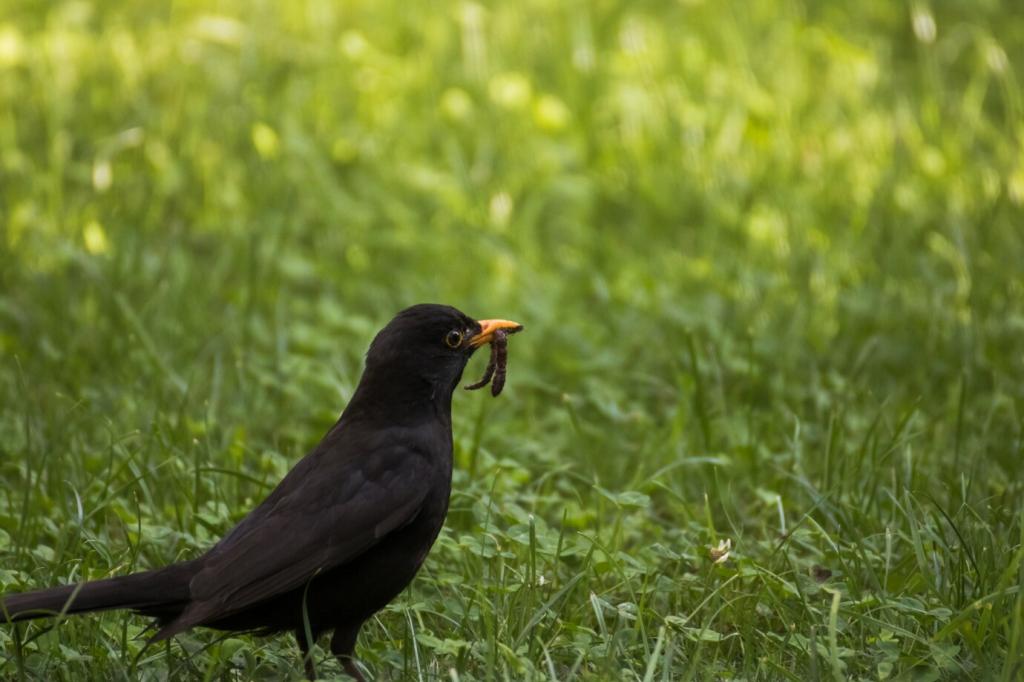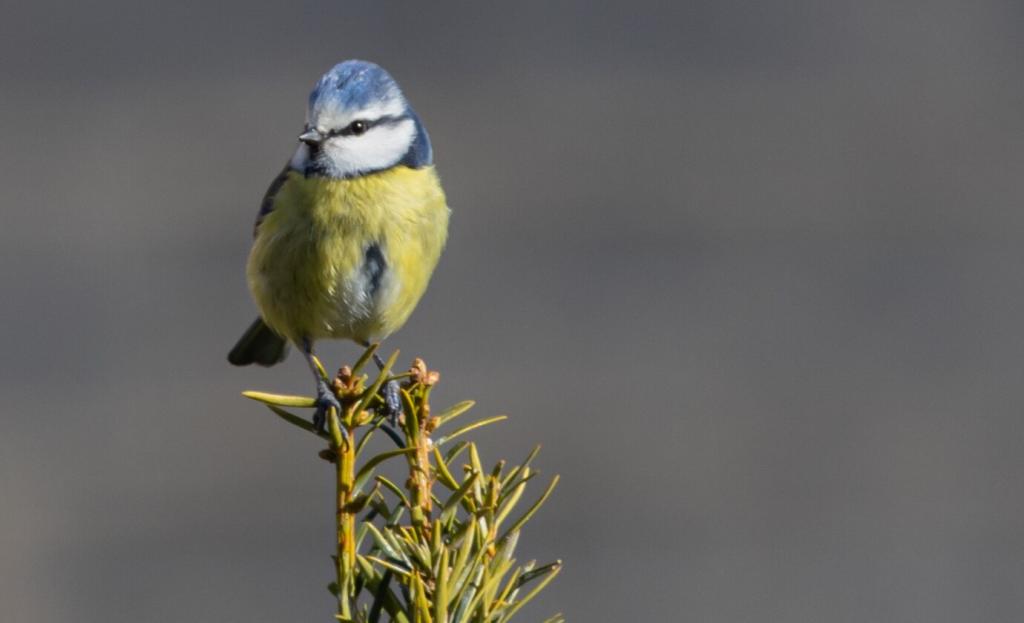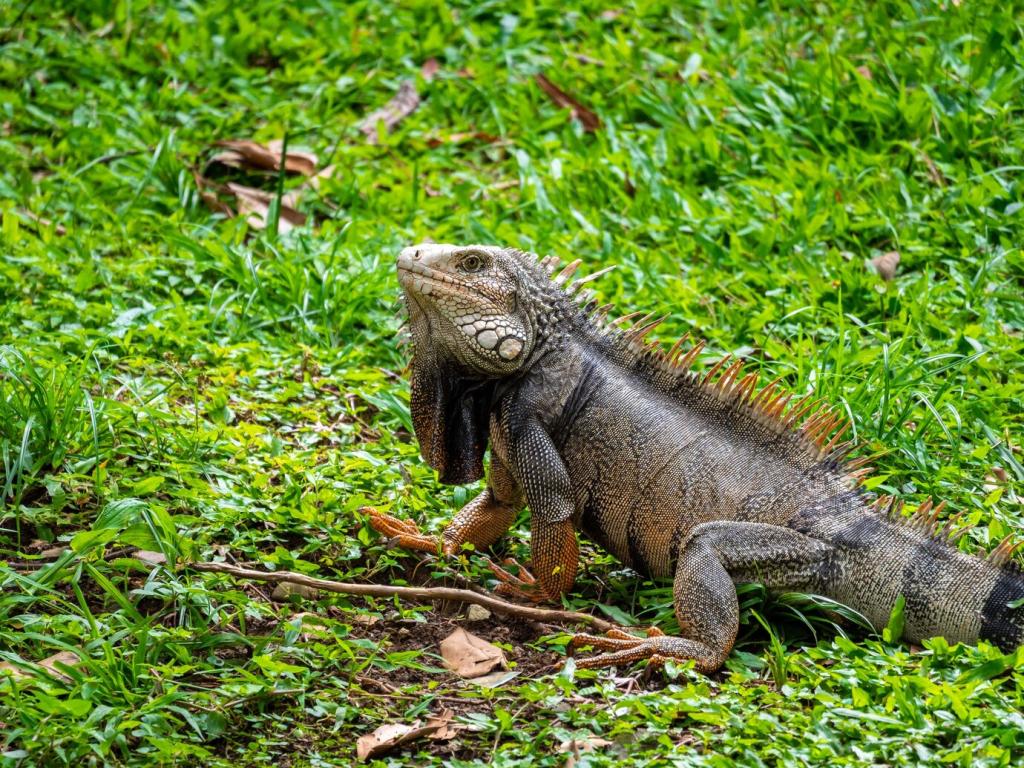Chosen theme: Best Plants for Pet-Friendly Landscaping. Welcome to a garden where wagging tails and happy paws meet resilient, beautiful plants. Explore safe, colorful choices, practical design ideas, and engaging tips that make your yard a haven for pets and people alike. Share your favorite pet-safe picks and subscribe for fresh ideas that keep every nose curious and every tail thumping.
Safety First: Foundations of a Pet-Safe Garden
Steer clear of heavy hitters like sago palm, oleander, azalea, and foxglove, and keep lilies strictly away from cats. Cross-check with trustworthy sources such as the ASPCA database before planting. What risky plants have you replaced—and with what pet-safe stunners?
Sun-Lovers: Colorful, Non-Toxic Standouts
Zinnias and Sunflowers for Cheerful Drama
Zinnias and sunflowers are non-toxic, exuberant, and easy for beginners. They deliver cut flowers and a pollinator feast while staying pet-friendly. Try interplanting with airy grasses for movement pets enjoy watching. Which colors light up your garden’s brightest corner?
Rosemary and Creeping Thyme for Scented Paths
Rosemary’s sturdy, aromatic stems and creeping thyme’s fragrant mats handle light paw traffic and sun-baked edges. Both are non-toxic and attract beneficial insects. Let them spill along paths where pets meander. Do your pets react to scented foliage around walkways?
Blueberries and Strawberries as Edible Borders
Blueberry shrubs and strawberry runners provide snacks and seasonal interest without toxic risks. Protect ripening fruit with low netting that doesn’t trap paws. Kids, pets, and pollinators all win. What edible edge have you planted that survived playful garden romps?



Groundcovers and Lawn Alternatives for Happy Paws
01
Microclover and Fescue Blends
Microclover reduces fertilizer needs and helps fescue stay green while tolerating moderate pet traffic. It heals quickly, fixes nitrogen, and feels soft under paws. Overseed bare spots seasonally for an even carpet. Have you tried microclover in a warm or cool zone?
02
Creeping Thyme Between Pavers
Creeping thyme releases a gentle scent when brushed and tolerates light steps, making patios more inviting. It’s non-toxic and thrives in full sun with good drainage. Keep gaps narrow for sure-footed pets. Which thyme varieties fill your patio best?
03
Irish Moss in Cool, Moist Pockets
Irish moss forms a dense, springy mat that’s non-toxic and particularly happy in cool spots with consistent moisture. It softens edges by water features and paths. Protect establishing patches from heavy traffic. Where could this velvety green replace turf for you?
Design to Reduce Digging and Trampling
Paw-Friendly Paths that Invite Movement
Create obvious, comfortable routes with decomposed granite, mulch, or smooth gravel so pets choose them naturally. Curve paths around beds to slow speeds and protect corners. Add visual cues like low edging. What surfaces feel best under your pet’s paws?
Zones for Play, Rest, and Quiet Sniffing
Dedicate a play lawn, a shady nap nook, and a low-scent exploration strip to reduce random trampling. Clear boundaries build habits pets understand. Combine with enrichment toys to anchor attention. Which zone gets the most daily use at your place?
Raised Beds and Decorative Fencing
Lift delicate plantings into raised beds and use airy, attractive fencing to guide traffic without feeling restrictive. Even six-inch barriers change behavior. Reward calm choices with treats. Have raised beds solved your dog’s garden parkour yet?



